Rum

Rum is a distilled alcoholic beverage made from sugarcane byproducts, such as molasses or honeys, or directly from sugarcane juice, by a process of fermentation and distillation. The distillate, a clear liquid, is then usually aged in oak barrels.
The majority of the world’s rum production occurs in the Caribbean and Latin America.
Within the Caribbean, each island or production area has a unique style. For the most part, these styles can be grouped by the language traditionally spoken. Due to the overwhelming influence of Puerto Rican rum, most rum consumed in the United States is produced in the “Spanish-speaking” style.
- English-speaking islands and countries are known for darker rums with a fuller taste that retains a greater amount of the underlying molasses flavor. Rums from Antigua, Trinidad and Tobago, Grenada, Barbados, Saint Lucia, Belize, Bermuda, Saint Kitts, the Demerara region of Guyana, and Jamaica are typical of this style.
- In Jamaica particularly, a version called “Rude Rum” or “John Crow Batty” is served in some places and it is reportedly much stronger in alcohol content being listed as one of the 10 strongest drinks in the world, while it might also contain other intoxicants.
- French-speaking islands are best known for their agricultural rums (rhum agricole). These rums, being produced exclusively from sugar cane juice, retain a greater amount of the original flavor of the sugar cane and are generally more expensive than molasses-based rums. Rums from Haiti, Guadeloupe and Martinique are typical of this style.
- Spanish-speaking islands and countries traditionally produce añejo rums with a fairly smooth taste. Rums from Cuba, Guatemala, Panama, the Dominican Republic, Nicaragua, Puerto Rico, Colombia and Venezuela are typical of this style.
Showing all 17 results
-
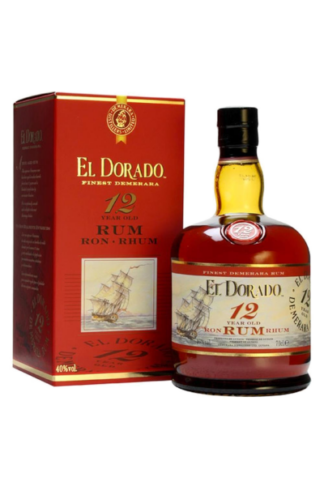
Rum El Dorado 12 Anni
47,00 € Add to cart -
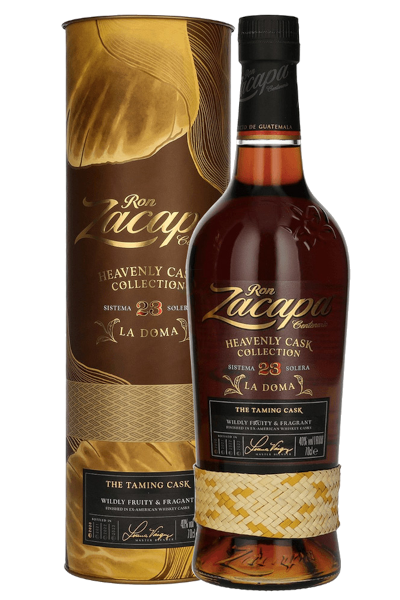
Rum Zacapa “La Doma” 23 Anni
96,00 € Read more -
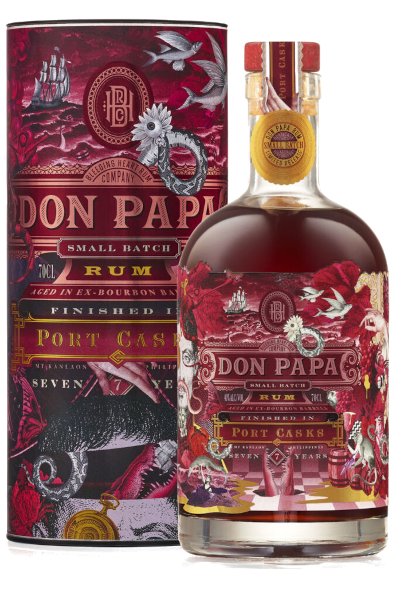
Rum Don Papa Port Cask 7 Years
140,00 € Read more -
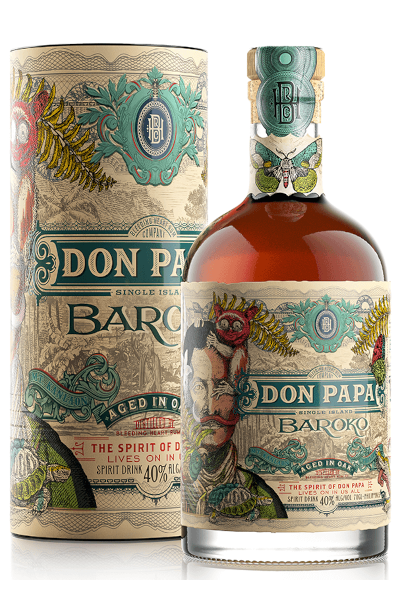
Rum Don Papa Baroko astucciato
43,00 € Add to cart -
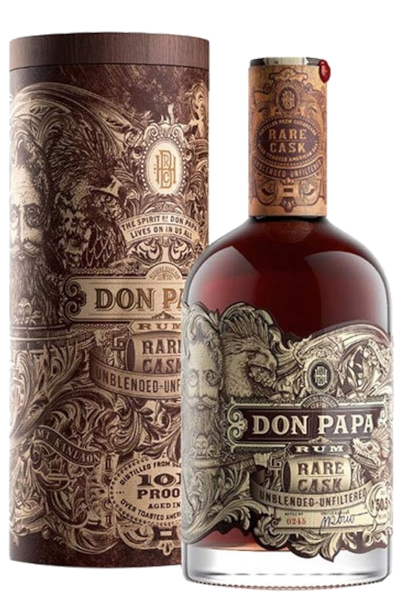
Rum Don Papa Rare Cask
120,00 € Read more -
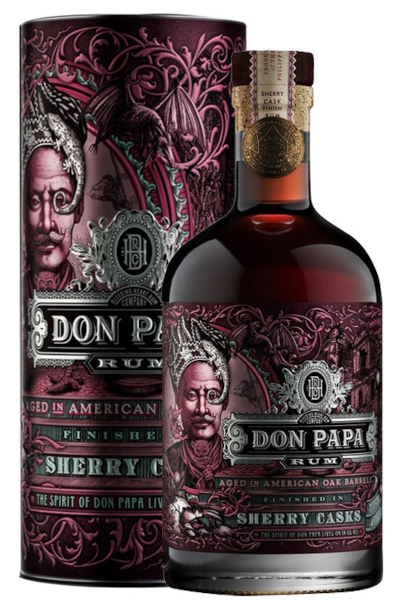
Rum Don Papa Sherry Casks
90,00 € Read more -
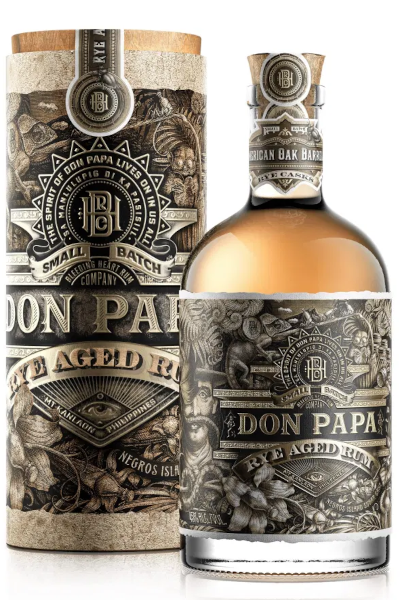
Rum Don Papa Rye Limited Edition
107,00 € Add to cart -
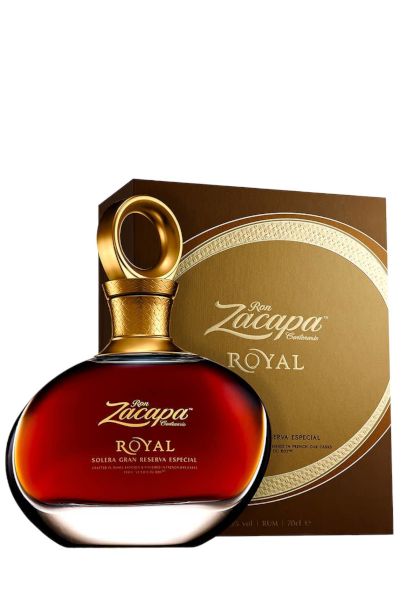
Rum Zacapa Royal Solera Gran Reserva Especial
350,00 € Add to cart -
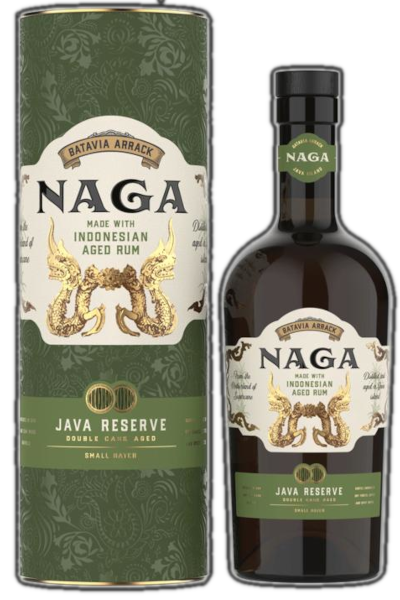
Rum Naga Java Reserve Astucciato
36,50 € Read more -
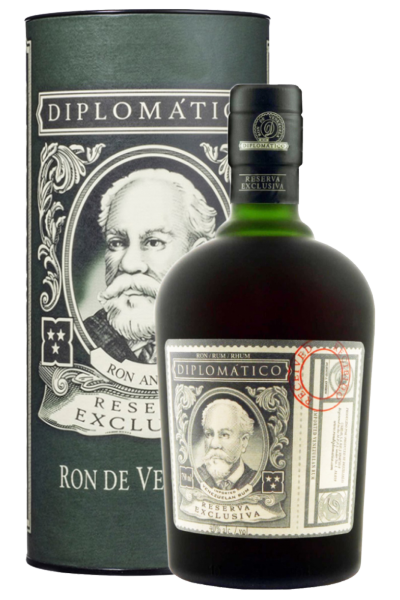
Rum Diplomático Reserva Exclusiva
48,00 € Add to cart -
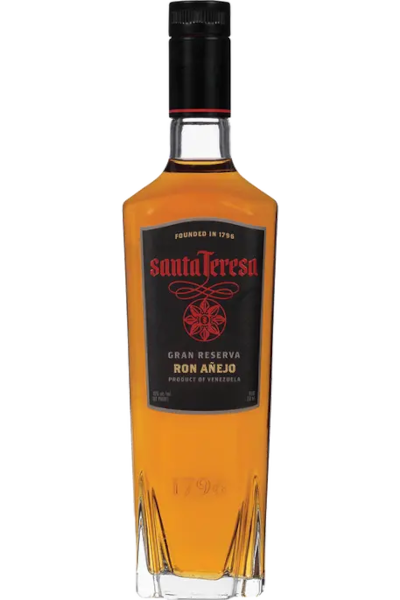
Rum Santa Teresa Anejo Gran Reserva
19,00 € Add to cart -
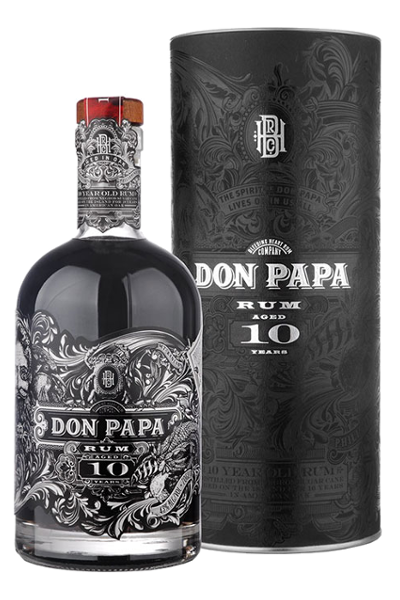
Rum Don Papa 10 anni astucciato
110,00 € Read more -
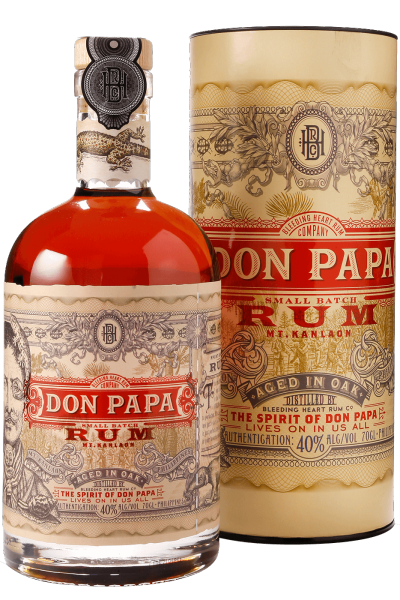
Rum Don Papa astucciato
47,50 € Add to cart -
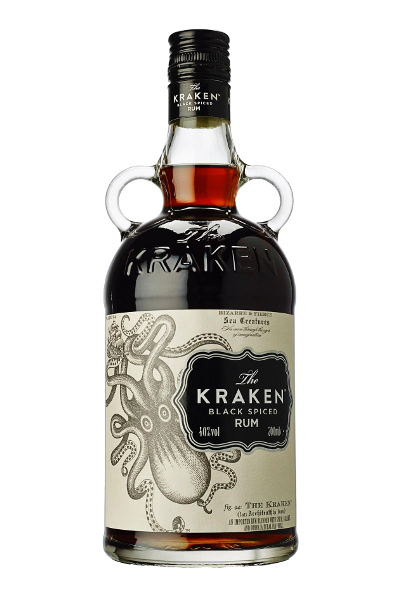
Rum The Kraken Black Spiced
28,00 € Add to cart -
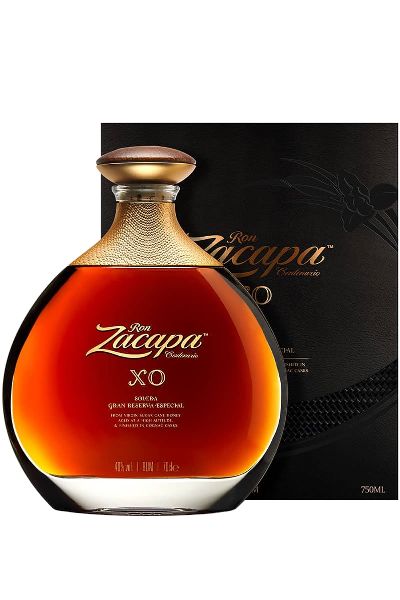
Rum Zacapa XO Solera Gran Reserva Especial
185,00 € Read more -

Rum Cacique 500
30,50 € Read more -
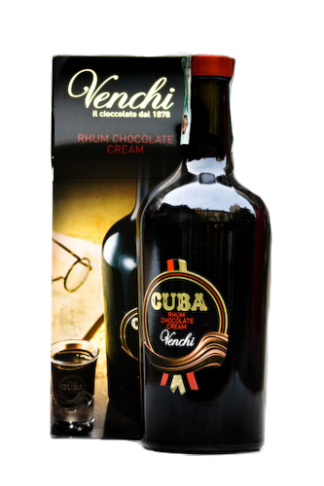
Chocolate Cream Rhum Venchi
28,50 € Add to cart
Showing all 17 results

